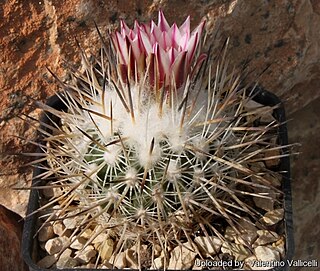
Rapicactus mandragora, synonym Turbinicarpus mandragora, is a species of plant in the family Cactaceae.

Lobivia cinnabarina is a species of cactus first described in 1885.

Oreocereus trollii, commonly known as the Old Man of the Andes cactus, is a species of cacti native to Argentina and Bolivia. Though listed as Least Concern by the IUCN, the plant is collected extensively, and in some areas is threatened.

Soehrensia formosa, is a species of Echinopsis found in South America. In north-western Argentina, Bolivia and northern Chile. First published in Cactac.: Handb. Kakteenk. 3: 1678 in 1959.
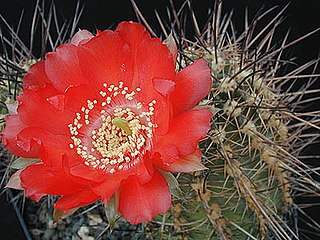
Echinopsis haematantha, is a species of Echinopsis found in Argentina and Bolivia.

Lobivia ferox, is a species of Lobivia found in Bolivia and Argentina.

Lobivia obrepanda, is a species of Lobivia found in Bolivia.

Soehrensia huascha, is a species of Soehrensia in the Cactaceae family, found in north western Argentina. First published in Cactaceae Syst. Init. 29: 5 in 2013.
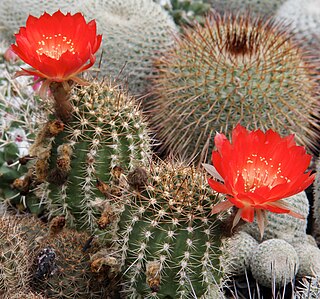
Lobivia hertrichiana, is a species of Lobivia found in Bolivia and Peru.

Lobivia pentlandii, is a species of Lobivia found in Bolivia and Peru.

Lobivia schieliana, is a species of Lobivia found in Bolivia and Peru.
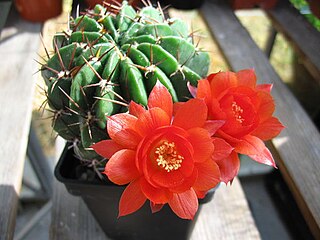
Lobivia maximiliana, is a species of Lobivia found in Bolivia and Peru.

Neowerdermannia chilensis is a species of Neowerdermannia found in Argentina, Bolivia, Chile, and Peru

Matucana aureiflora is a species of Matucana found in Peru.

Matucana formosa is a species of Matucana found in Peru.

Matucana ritteri is a species of Matucana found in Peru.

Haageocereus versicolor is a species of Haageocereus found in Peru.
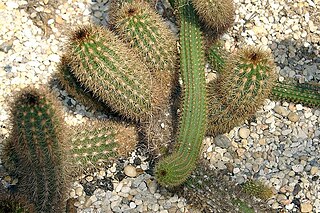
Haageocereus acranthus is a species of Haageocereus found in Peru.
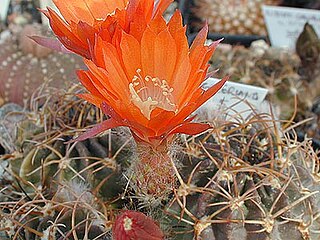
Lobivia tegeleriana is a species of Lobivia found in Peru.
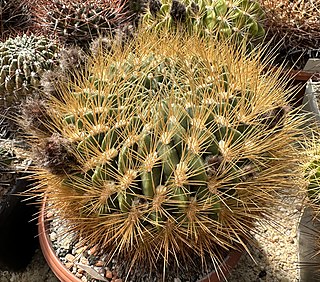
Lobivia chrysochete is a species of Lobivia found in Bolivia and Argentina.
























